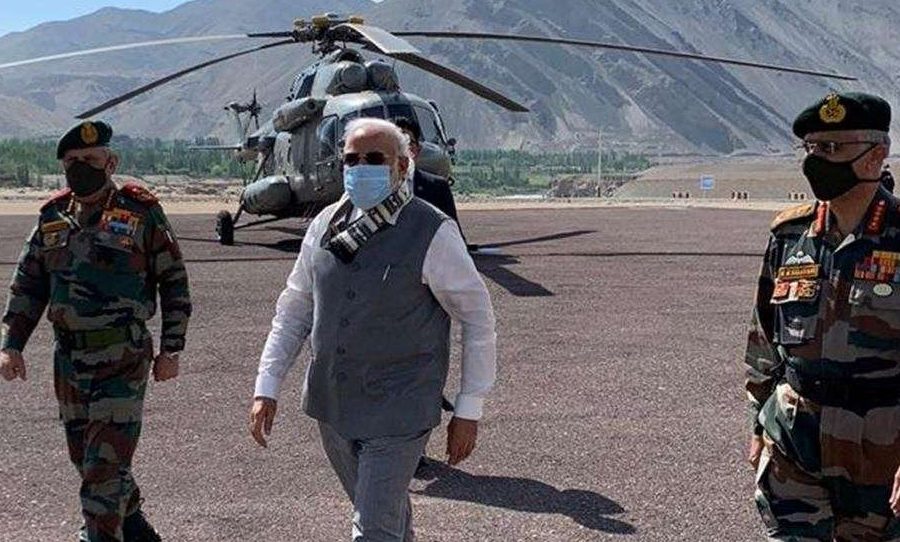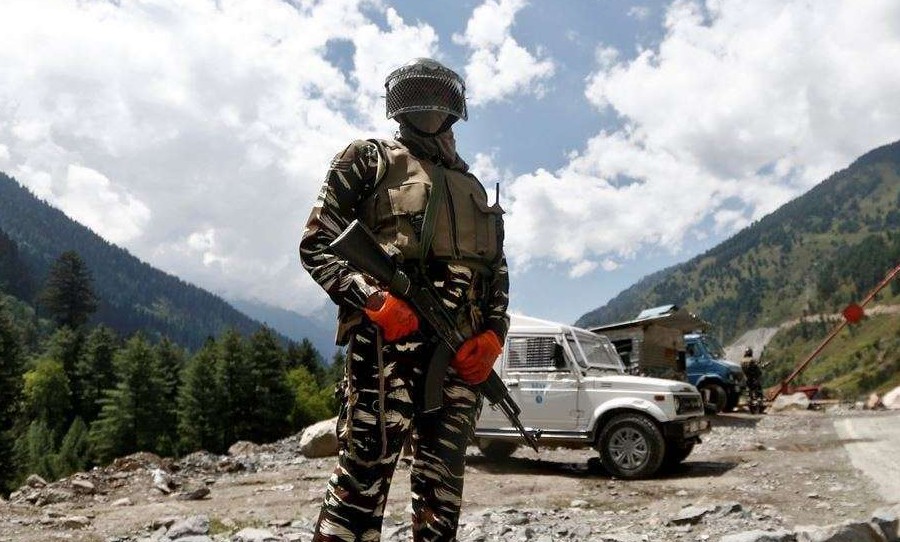India and China have withdrawn army troops from Pangong Lake: a bitterly disputed area on the Line of Actual Control, the de-facto border between the countries.
Earlier this month, Indian defence minister Rajnath Singh released a statement in Parliament announcing the plans to withdraw, following the deadly Galwan Valley clash between Indian and Chinese troops in June 2020. According to the BBC, 20 Indian soldiers were killed in this conflict.
“The two sides positively appraised the smooth completion of disengagement of frontline troops in the Pangong Lake area noting that it was a significant step forward that provided a good basis for resolution of other remaining issues along the Line of Actual Control in Western Sector,” the statement said.

The June 2020 skirmish between the countries was the first fatal confrontation between the two sides since 1975 – which can be attributed to the 1996 and 2005 agreements between India and China that states the “long-standing practice not to use firearms during faceoffs.”
Instead, it was reported by the Indian media that Chinese forces engaged in hand-to-hand combat, used clubs wrapped with barbed wire and stones against their Indian counterparts.
The nail-studded rods — captured by Indian soldiers from the Galwan Valley encounter site — with which Chinese soldiers attacked an Indian Army patrol and killed 20 Indian soldiers.
Such barbarism must be condemned. This is thuggery, not soldiering pic.twitter.com/nFcNpyPHCQ
— Ajai Shukla (@ajaishukla) June 18, 2020
The Line of Actual Control is an undefined, 3,440km-long, highly disputed border in the Himalayan region that has been the source of Indo-China tensions since the Partition of India in 1947. Large bodies of water and snowcaps along the frontier means the de-facto boundary can shift, leading both parties to frequently experience points of conflict.
Indian and Chinese tanks were seen disengaging from the south bank of Pangong lake area in eastern Ladakh where they were deployed amid a standoff areas along the Line of Actual Control. #Ladakh pic.twitter.com/iSW4VZkX4p
— The Publish (@PublishThe) February 16, 2021
The border dispute has a history of heavily straining the relationship between the countries. A border war occurred in 1962, resulting in China retaining de-facto control of the Aksai Chin region.
The move to disengage in a harshly disputed area of the Line of Actual Control could be a step to set a precedent for continued disengagement at other tensioned, conflict zones on the border.



